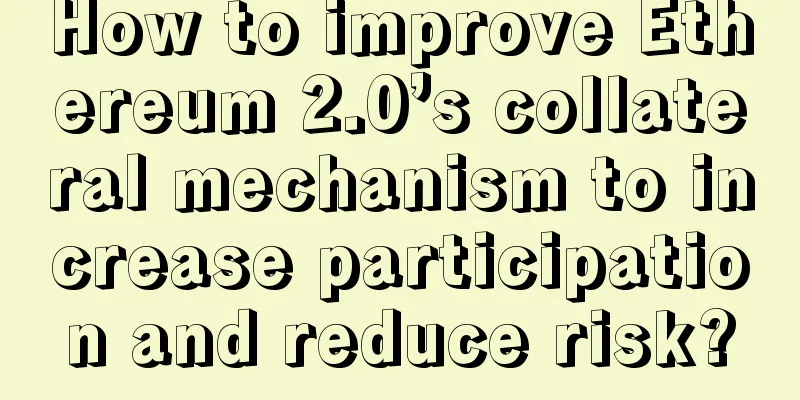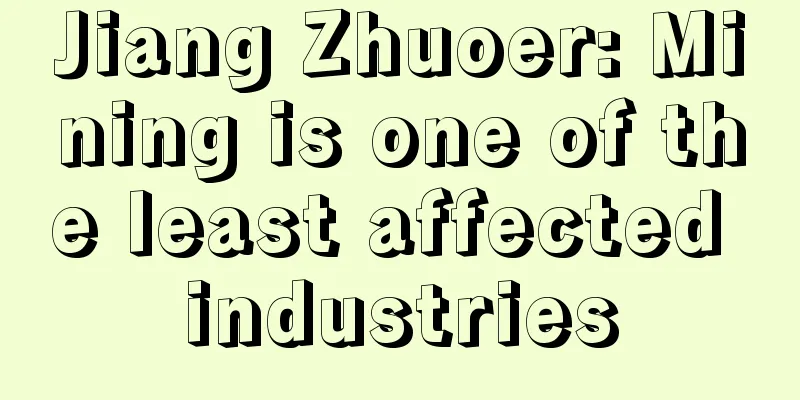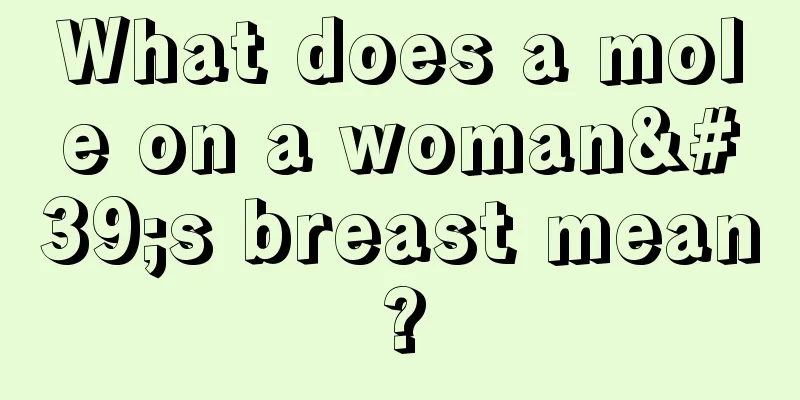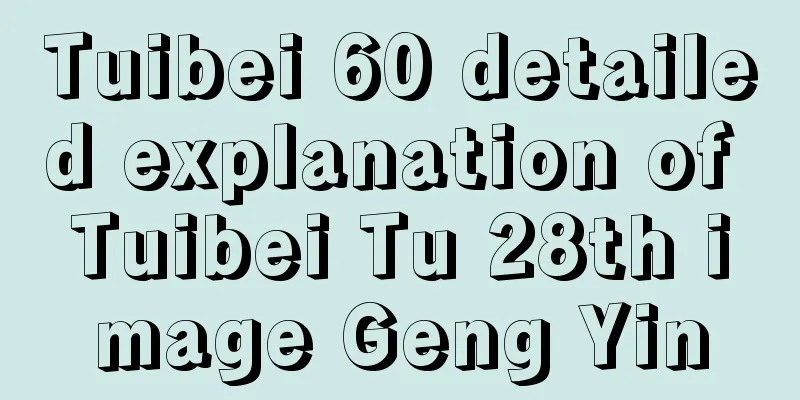How to improve Ethereum 2.0’s collateral mechanism to increase participation and reduce risk?

|
The title image comes from the Ethereum Foundation blog post Does the staking mechanism of Eth2.0 need to be improved? A week ago, when I was checking the Ethereum reserve forum, I saw this community proposal and felt this way. As the Ethereum 2.0 client is progressing steadily, yesterday, Ethereum officially released the testnet version of Eth2.0, waiting for Eth2.0 Phase0 to go online. Phase 0 of Eth2.0 is mainly used to realize the token pledge of the beacon chain, with a pledge value of 32 ETH. However, in today's article, the author points out that there is a risk that the validator will withdraw from the verification due to price fluctuations if a single token is pledged. Of course, there are many nodes participating in the verification test on Ethereum at present. For example, after the test network Topaz was launched, more than 29,000 verification nodes were quickly added, staking more than 1 million ETH, worth about 214 million US dollars. But this article can still be considered as an extension of a model. Generally speaking, for a model that obtains A income through a single pledge of A, sufficient confidence in A is required. However, price fluctuations are unpredictable, so the token model still needs to be added to the governance capabilities. Using tokens will make the pledge model of Eth2.0 more stable. The EIP proposed in this article is to promote the stability of the Eth2.0 mortgage model through two tokens. This article was written by three members of the DAism team, Zhou Zhaohui (@zhous), Zhang Hua (@dgczhh), and Tan Yuefei (@whtyfhas). The team has proposed this article as EIP-2794. The article is published on github. It has been edited by Yaoyao Bai. Some pictures and comments have been added. If there are any errors, please point them out. Brief Description We propose a new staking protocol with an honor system to replace the staking mechanism of Eth2.0, in which nodes need to stake 32 ETH to become validators, but this also exposes Eth2.0 to extremely high risks. This proposal will bring strong and reliable security to Eth2.0. (Note from Bai Jihua: The author's words here are slightly exaggerated) Risk Analysis According to the latest Eth2.0 specification, Phase 0 requires at least 16,384 nodes to participate in activation, and at least 524,288 ETH will be locked until the start of Phase 1. (Note from Bai: Phase 0 requires more than 0.5M ETH to be pledged, and there are also different opinions on the time from Phase 0 to Phase 1.) The above picture shows the requirements for launching the Eth2.0 network, excerpted from the Ethereum Foundation blog post In addition, in the future, the amazing potential of Ethereum will undoubtedly attract more people to do this work, resulting in more ETH being locked. The Eth2.0 economics section in the official document "Ethereum Roadmap" discusses the token rewards for validators from 1 million to 100 million. If realized, a large amount of ETH will be locked. All these factors are likely to greatly drive up the price of ETH. As a rule of thumb, if the price of ETH increases tenfold or so like it did in 2017, then Eth2.0 validators will tend to sell ETH for fiat currency or stablecoins, and for those who want to join the staking, the increased price of ETH will also be a huge financial burden. When this happens, on the one hand, a large number of existing validators will withdraw, and on the other hand, those who are interested in participating in staking may not be able to afford the expensive costs. The result will be a serious damage to the security and reliability of Eth2.0. Vitalik Buterin mentioned this risk in a Reddit post, emphasizing that although this risk rarely occurs in practice, it is still possible. From our point of view, even if this happens once, it will cause catastrophic damage to Ethereum. Therefore, it is necessary to provide a solution for this extreme situation. Two strategies Strategy 1: We propose to redefine the staking of Eth2.0 by “minting in ETH”. This is a new mechanism that makes validators affordable for users, while enabling Ethereum to still work normally and securely without mass validator exits, even if the price of ETH rises significantly and the above extreme conditions occur. "Minting with ETH" is the process of value reconstruction, using ETH as "raw material", burning it and generating a new cryptocurrency NDAO. NDAO is an ERC-20 token. "Minting with ETH" is very similar to deploying a trading pair for a token in Uniswap. The trading pair is created based on a smart contract with ETH and the base token NDAO through a pricing algorithm. This algorithm is called "Inverse Improved Constant Product", or RICP for short. Various DeFi DApps use the constant product algorithm, and its mechanism has been proven to be feasible by Uniswap. The difference between RICP and the calculation method used in Uniswap is that RICP uses NDAO as the base currency instead of ETH. This can eliminate the price fluctuations of the base currency in the system, which will inevitably occur when using ETH as the base currency. In addition, ETH in this system is also priced in NDAO. For example, the price of ETH may be positioned at 1 ETH = 1234 NDAO. We suggest that the equity is not calculated using ETH, but through NDAO. This is like what happened in Japan in 2017, when there were 260,000 stores accepting Bitcoin payments, but almost all of them received JPY instead of Bitcoin through a third-party payment system. (Note from Bai Jihua: This means that during the mortgage process, the mortgage part is not calculated through ETH, but through NDAO. However, mortgage still requires ETH, but it is directly converted into NDAO through minting at the current price and mortgaged to the Eth2.0 contract.) Based on RICP, as more and more validators enter, the amount of ETH required to provide collateral for validators will decrease. Eth2.0 will encourage more people to become validators. However, the cost of becoming a validator (after using NDAO) will not be affected by the increase in ETH prices, but will be affected by the number of validators. ( Note from Bai Jihua: The number of validators affects the price of ETH, and indirectly affects the cost of staking 32 ETH) When the price of Ethereum increases, more people will be encouraged to become validators, but the amount of Ethereum required to stake for a validator will decrease. This ensures that future validators have a fair competition. The above picture shows the changes in the returns of the Eth2.0 staking model, excerpted from the Ethereum Foundation blog If a validator performs an exit, he will receive NDAO instead of ETH. This is how NDAO is minted together with ETH. In addition, in our proposal, NDAO can be used as a stake. When the system's smart contract is launched, the price of NDAO is 1 USD. For example, if the price of ETH is 252 USD when the smart contract is launched, the initial exchange rate of NDAO to ETH will be 1 ETH = 252 NDAO (32 ETH will equal 8064 NDAO). From then on, the price of ETH in the system will no longer be affected by external centralized trading markets, but only by the amount of ETH pledged. Strategy 2: To improve the overall security of Eth2.0 staking, we propose to reward validators with honor tokens based on EIP-2569. The set of honor tokens we mentioned will be based on EIP-2569. This is a non-fungible token, and its attribute data including the logo image can be stored directly on Ethereum. These honorary tokens should be issued by the Ethereum Foundation or branded with Ethereum. A validator is eligible to receive Honor Tokens only after serving for at least one year. Honor Tokens have different levels depending on the number of years a validator has served. Every year, the design of the newly issued Honor Tokens will be different. A validator can receive Honor Tokens based on his or her years of service. The honor token will record the effective start time when the validator becomes a validator and the end time of receiving the token. For example, if a validator starts on September 1, 2020, he will still receive his honor token as an active validator on September 1, 2022. Three years later, in 2025, if the validator quits, he may still be rewarded with a second honor token. However, the second honor token will record its start time as September 1, 2022, not September 1, 2020. If a validator is forced to exit, they will no longer be eligible to receive future honor tokens. However, they can still retain the honor tokens they own, and the owned tokens will still be valid. If a validator is punished but not forced to exit, it is still eligible for future honor tokens. However, future honor tokens will record all penalties received by the validator, and the tokens will be in a special format. Over time, honorary tokens with special designs can be issued for major events such as anniversary celebrations. For example, an honorary token for the 10th anniversary of Eth2.0 Staking can be issued. This is cool and meaningful. Validators will have more pride and a stronger sense of community in the honorary tokens they earn as they serve longer and better without any penalties. These tokens will also be more valuable, incentivizing validators to provide more passion and loyalty while minimizing the potential for misconduct. This could significantly prevent mass exits of validators and enhance the stability and reliability of Ethereum. Honor tokens are priced in NDAO and can only be bought and sold through NDAO and ETH. They can be bought and sold on exchanges such as OpenSea with a simple one-click transaction, which can be easily achieved with the support of these exchanges. Honor tokens will bring value and wealth to validators, and are likely to develop into rare items and collectibles. In our proposal, when validators exit, they will receive NDAO instead of ETH. In this case, if the price of Ethereum is higher than before, validators may feel unfair, and honor tokens will be a good compensation. Honor tokens are also an incentive to drive validators to join the staking process early, as these early birds may win unique tokens for their service time, possibly winning the longest service time of all honor tokens. This may also be the first-ever means of rewarding Ethereum contributors with special honors, and will inspire future ideas for blockchain development. From our perspective, the above measures will eliminate the risk of Ethereum price volatility causing harm to Ethereum 2.0 staking. NDAO’s coinage The base token NDAO will be minted in ETH according to the RICP algorithm we proposed. The decimal point of NDAO is 18. When the smart contract running "minting" starts, the initial value of NDAO will be defined as 1, the initial total supply of ETH will be the circulating supply of ETH, and the initial market value of ETH will be the instant market value of ETH. In the RICP algorithm, initialized with 1NDAO equal to 1 USD, the value of NDAO is always 1 ---- this is what we call the basis. At the initialization of the minting contract, the ETH price of NDAO is the same as the ETH price of the USD, which is determined by existing centralized cryptocurrency exchanges. This makes the price of NDAO an interesting and reasonable starting point. However, after the minting contract begins, the 1:1 anchor relationship between NDAO and the USD will be revoked. At the beginning of the system, the circulating supply of ETH will be used as the initial ETH supply of the system. Technically, at the time of system initialization, there is no real NDAO (only virtual NDAO supply), and the real-time market value of ETH will be used as the initial NDAO supply of the system. Once ETH is sold to the system, NDAO will be generated. NDAO will be minted in two ways: instant minting and pledge minting. People who get NDAO can apply it to various applications. Use the minted NDAO for collateral. For example, in Eth2.0 staking, the validator needs to pledge 32 ETH. By using the minted NDAO for staking, the validator can replace ETH by sending ETH to the system in exchange for NDAO as a stake. When the validator exits, the pledged NDAO will be retrieved. The RICP algorithm works in this way: it is initially set with the circulating supply of ETH. When a trader sends a certain amount of ETH to the system, the circulating supply of that amount of ETH will be deducted, and the total supply of ETH in that trading pair will be deducted. We can imagine that these ETH are consumed. For example, if the total supply of ETH is 107477373 and a trader sends 100 ETH to the system in exchange for NDAO, then the total supply of ETH in the algorithm will be 107477273, which is 100 less than the previous supply, and the price of ETH will therefore rise in the RICP algorithm model. The total supply of ETH and the total supply of NDAO in the system are calculated once a day. In this system, ETH is priced in NDAO. After the minting contract takes effect, the peg between NDAO and the US dollar will be revoked. in conclusion Our proposal presents a solution to mass validator exits and eliminates two consequences that would cause devastating damage to Eth2.0. Validators tend to exit and sell the pledged ETH due to the increase in the price of ETH. Validators will receive income when they execute the exit. However, if their income is not related to the increase in the price of Ethereum, validators will not exit. The increase in the price of ETH will not affect the actual cost (the amount of ETH) of a potential validator. The price of ETH will not be proportional to the cost of staking. In the long run, the income of validators will increase, and more people may participate in staking, but the amount of ETH required by staking will decrease. As more validators are used in the system, the above extreme cases will be less likely to occur. This proposal incentivizes more people to become validators and increases the loyalty (working and behaving correctly) of validators by rewarding honorary tokens to honorary validators. These honorary tokens (including their logo images) will be permanently stored on Ethereum. This is the first ever proposal to reward Ethereum contributors with honors, which will greatly motivate validators. In summary, this proposal provides a solution for the security of Eth2.0 staking. -END- Original link: https://github.com/DAism2019/EIPs/blob/a6aa0e08105eba15f314eb03a9a58a2b376cf5ad/EIPS/eip-2794.md |
>>: Bitcoin soared to $11,000, and USDT exchange inflows hit an 8-month high
Recommend
Japanese companies lack blockchain experts, overseas cooperation can make up for this disadvantage
Rage Comment : Since there are not many start-ups...
The most likely palmist to win the jackpot
Do you often complain that you always get thank y...
Where is a man's children line and how is his luck with children in his life?
Does a man have a child line on his palm? In life...
Australian Treasury plans to abolish Bitcoin consumption tax, which is expected to take effect in July
Australia’s recently released national budget exe...
A very powerful and cunning woman with pale eyebrows
Although as a human being we must have our own cu...
The facial features of a person with a lot of peach blossoms
The facial features of a person with a lot of pea...
Dutch Central Bank Develops Blockchain-Based Prototype Currency 'DNBCoin'
According to the latest news, the Dutch Central B...
What are the characteristics of stingy and selfish people?
What are the characteristics of stingy and selfis...
BCHSV Mining Tutorial
BCHSV, or Bitcoin Cash Satoshi Version, is a full...
How does the hanging needle pattern predict the life span of a woman? Is the hanging needle pattern good?
Everyone has a different facial feature . Some pe...
What is the fate of 2 liang 2 qian? Detailed explanation of the fate of 2 liang 2 qian for men and women
We always have great curiosity about our destiny ...
What are the characteristics of wealth and prosperity?
As for a face that indicates wealth and nobility,...
Technical Analysis Stacks: How to catch the express train of BTC growth through "economic binding"?
Taking advantage of the eye-catching performance ...
The halving may be the beginning of a mining disaster for Bitcoin miners
Canaan Creative, a Chinese mining machine manufac...
NB Cloud Mining: 100% reliability, open your mining journey
In recent years, blockchain technology, which ori...









